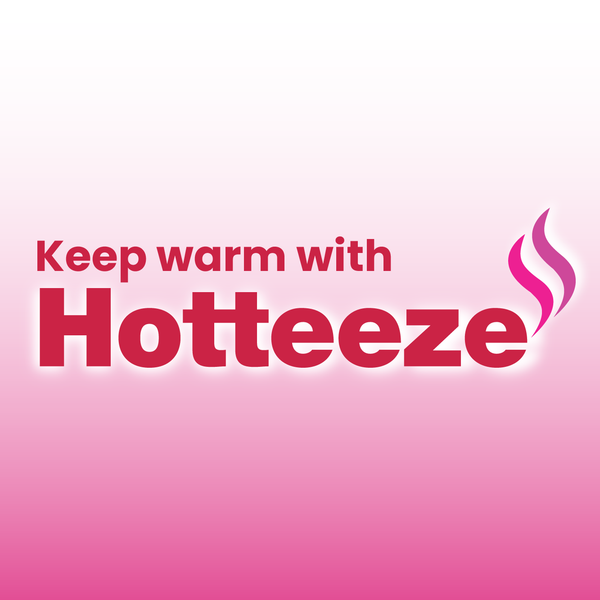Heat Therapy For Muscle Soreness
When it comes to treating muscle soreness, the application of heat can be very beneficial. For centuries, athletes have known that in order to avoid serious injury and recover faster, aching muscles should be warmed. Even non-athletes can attest to the healing powers of a hot bath or shower; you’ve probably experienced this at some point in your life. Today, many medical professionals recommend the use of heat packs to relieve pain and prevent muscle stiffness.
So, how does heat treat injury?
First, increasing the temperature of a certain area also increases circulation and blood flow. This helps your body to heal itself faster by bringing more nutrients to the area. Increased circulation can also carry away toxins that result from trauma. Second, heat feels good to most people. We instinctively associate heat with comfort and safety. According to Physiotherapist John Miller, “the heat stimulates your sensory receptors to block the transmission of pain signals to the brain, resulting in an instant and effective pain relief.” *So, even if the pain is still there, it’s less noticeable. Last, heat improves tissue elasticity and allows your tense muscles to relax. This is similar to the effects of getting a massage.
What’s the best way to apply heat?
Perhaps the most convenient way to apply heat to aching muscles is with a heat pack. They can be applied anytime, anywhere, with minimal interruption to your day. Having a hot bath feels wonderful, but it also takes time and can typically only be done at home. An electric heating pad is also a terrific alternative, but the electrical cord can cause movement limitations. A heat pack is not dependent on electricity or water; it allows you to continue with work or other daily activities while relieving your pain. Some heat packs even have an adhesive backing that you stick to your clothes this allows them to stay in place during a full range of motion. The pad should never be applied directly to the skin but on the outside of the clothing, therefore tight fitted clothing is recommended to get the best transfer of heat to the affected area.
Some guidelines for heat application:
- Never use a heat pack or heating device while sleeping. Even low heat has the potential to cause burns if left unattended. And always apply to the outside of an article of clothing.
- Women who are pregnant should never place a heat source near the abdomen as this can cause overheating or damage to an unborn child.
- Diabetic patients should consult their physician before using a heat pack since it may be harder for them to judge whether a heat pack is too hot.
In many cases, a heat pack can be the answer to muscle soreness, stiffness, and aches. The application of warmth not only provides immediate relief of pain, but also speeds up the recovery process. Heat stimulates circulation, relaxation and tissue elasticity. For athletes and active individuals, heat treatment can aid in getting back to normal activities after experiencing trauma. A heat pack can even stop muscles from “seizing up” after repeated training sessions and encourage physical improvement. Whatever the cause of muscle discomfort, it is clear that the use of heat can be extremely beneficial. As Physiotherapist John Miller noted, “a heat pack could be the best investment you make this year”.
As compared to many other therapies, heat therapy is extremely affordable, and in some cases, completely free (such as taking hot bath). You can use heat therapy (or heating pads) at your home while relaxing, or even at your work.
Heating therapy facilitates stretching the soft tissues, including connective tissue, muscles or adhesions. Ultimately, with heating pads or heating therapy, a decrease in stiffness as well as injury will be noticed, and you will also become more flexible. Flexibility is really crucial for healthy muscles.
